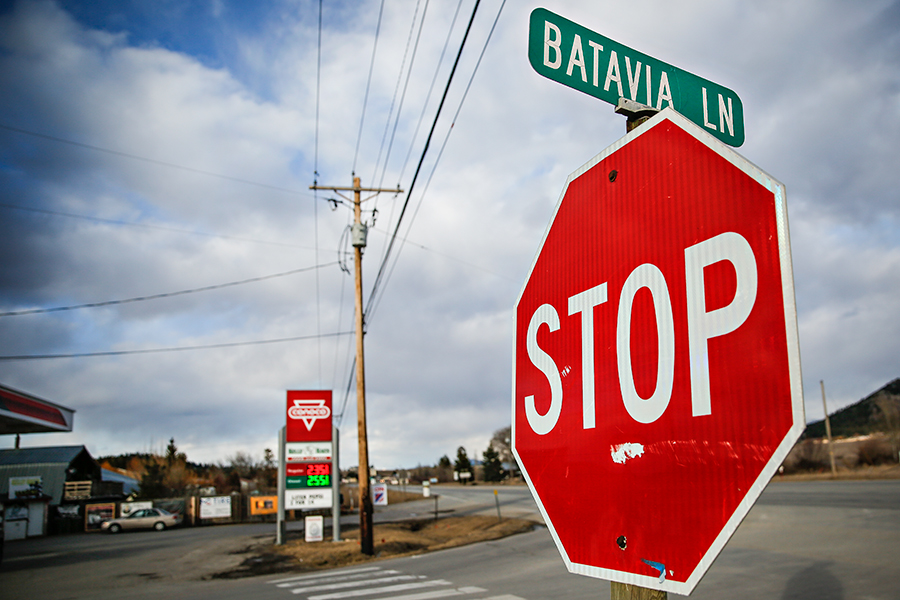MDT Considers Improvements at Dangerous U.S. Highway 2 Intersection
Officials hope to present options to improve safety at U.S. 2, Batavia Lane intersection west of Kalispell later this year
By Justin Franz
Officials with the Montana Department of Transportation have identified the intersection of U.S. Highway 2 and Batavia Lane west of Kalispell as one of the most dangerous in the area and are seeking public input on how to improve it.
On March 10, MDT took public comment at an open house at Smith Valley School, an elementary school right next to the intersection. If everything goes according to plan, officials hope to hold another meeting later this year where they will be able to offer the public options on how to improve it.
“We’ve got to come together if we’re going to fix the intersection at Batavia Lane and U.S. Highway 2,” said MDT Missoula District Administrator Bob Vosen. “We’ve heard a lot of conflicting opinions within the community about the best way to address this intersection, but for the most part, we all agree on one thing — it’s not safe and something needs to be done.”
MDT is working with Helena-based design and consulting firm Robert Peccia & Associates on the project. The firm, along with MDT’s public outreach partner, Big Sky Public Relations, has been trying to communicate with local residents for months, and the recent open house was part of that effort.
According to data from MDT, there were 18 crashes at the intersection between July 2005 and October 2017. Most of the crashes, about 67%, occurred during the daylight hours; traffic is particularly heavy in the morning and evening when people are coming and going from the nearby school. More than 6,000 cars travel though the intersection on Highway 2 every day, and more than 2,000 cars travel on Batavia Lane every day.
Scott Randall with Robert Peccia & Associates said his team is considering every possible solution: from simple measures such as adding more signage or a traffic light to larger efforts such as a realignment or roundabout. Randall said it’s important that the solution comes from the community itself.
“We want community-driven solutions,” he said. “Our directive is to take the data and combine it with what the community is telling us to find the best solution here … I’m hoping we’ll have an idea of the direction we want to go by the end of the summer.”
For more information, visit https://www.mdt.mt.gov/pubinvolve/batavia/.